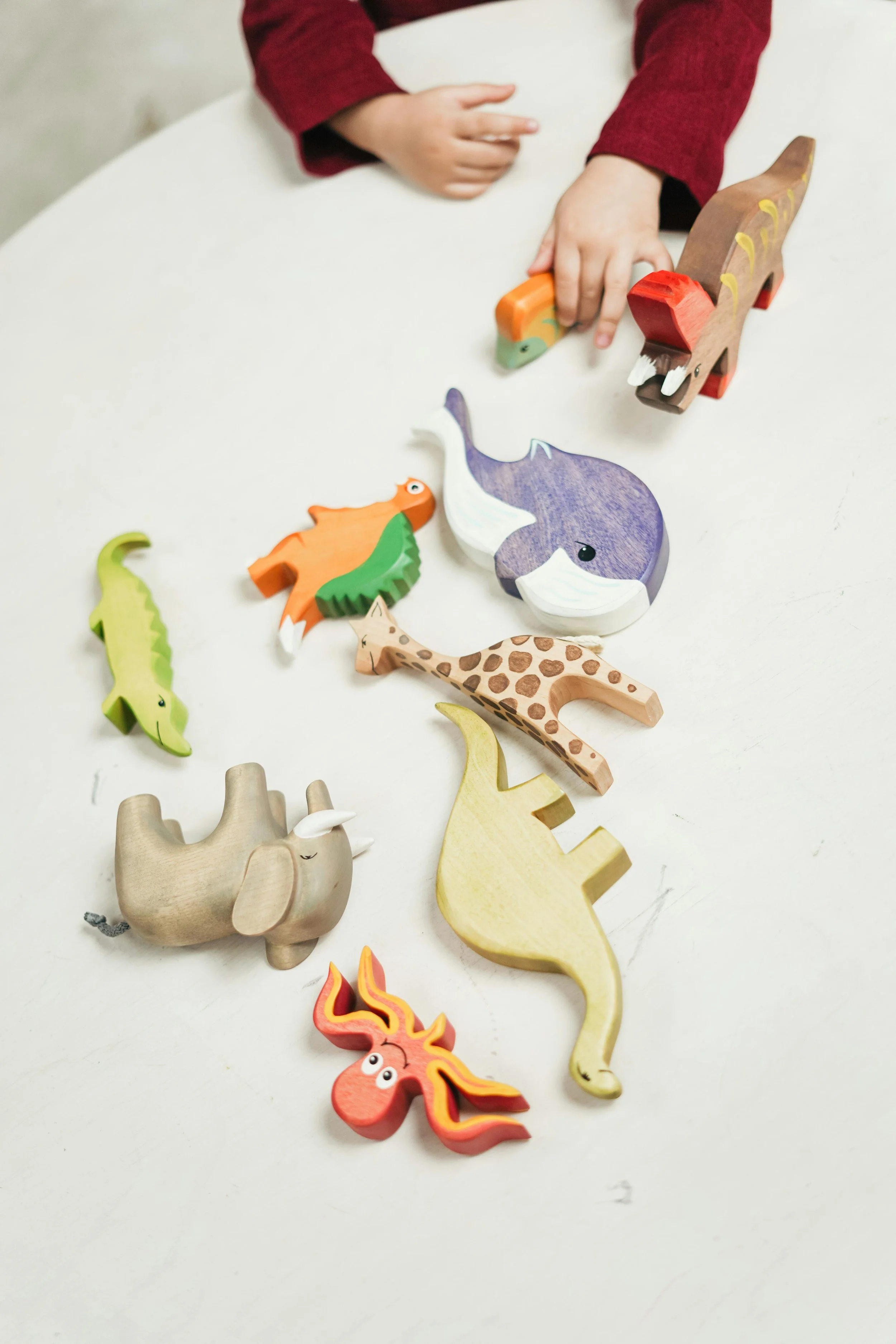play therapy is the best child therapy option for your child.
Common Struggles Children Face that play therapy can help!
➤ Child Anxiety & Stress
➤ Emotional Outbursts
➤ Separation anxiety
➤ Low Self-esteem
➤ Emotional Withdrawal
➤ Aggressive Behavior
➤ Grief & Loss
➤ Social Struggles
➤ Big emotions
➤ Sibling conflict
➤ Perfectionism
➤ School adjustment
➤ Screen dependence
➤ Sleep difficulties
➤ ADHD or ODD
➤ Power struggles
➤ Divorce & family changes
➤ Trauma
➤ Parent-child disconnection
➤ Academic struggles
A Glimpse Into the Healing Power of Play Therapy
Common emotional and behavioral struggles that can be supported through child therapy in Tustin, CA.✔︎ Child Anxiety
Helping children process worry in a safe, playful space.
✔︎ Low self-esteem
Helping kids rediscover their strengths and voice.
✔︎ Separation Struggles
Supporting independence and security during transitions.
✔︎ Social struggles
Practicing connection, empathy, and communication.
✔︎ Emotional Outbursts
Building emotional regulation through child-led expression.
✔︎ School struggles
Easing school transitions and building emotional readiness.
✔︎ Aggressive Behavior
Addressing underlying needs through safe emotional release.
✔︎ Sleep issues
Working through nighttime fears and emotional overload.
✔︎ Big emotions
Giving kids a way to express feelings they can’t name.
why play therapy works
Children don’t always have the words to express what’s going on inside—but they naturally turn to play. In child-centered play therapy, play becomes their language, and toys become the tools through which they communicate feelings, build understanding, and begin to heal.
This gentle, non-directive approach allows children to move at their own pace. It supports emotional growth, builds confidence, and fosters self-awareness—all while helping your child feel deeply accepted just as they are.
As a Certified Play Therapist and bilingual Korean child therapist based in Tustin, CA, I offer this evidence-based therapy to help children work through anxiety, emotional challenges, and behavioral struggles—by using the language they already speak: play.


